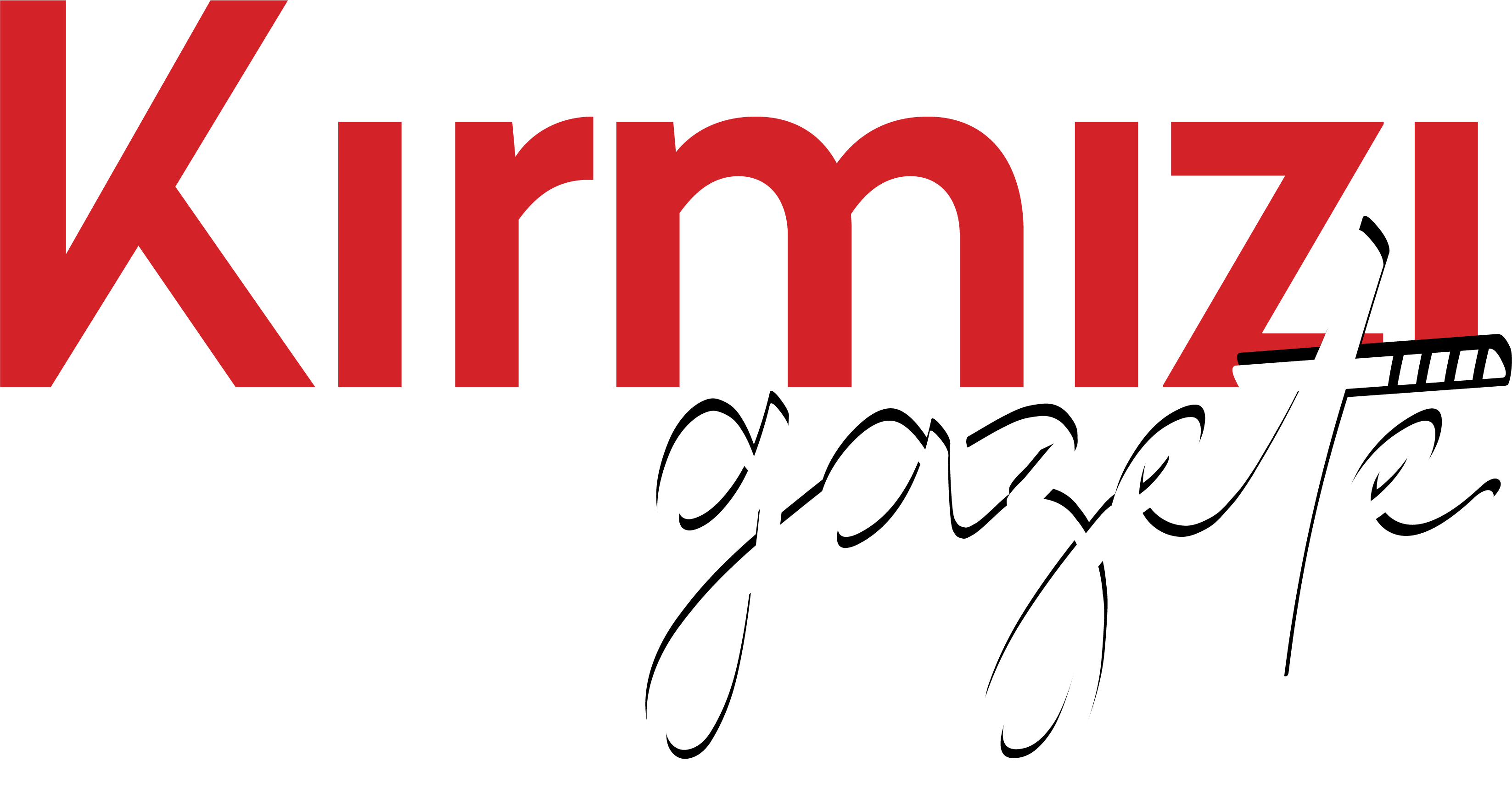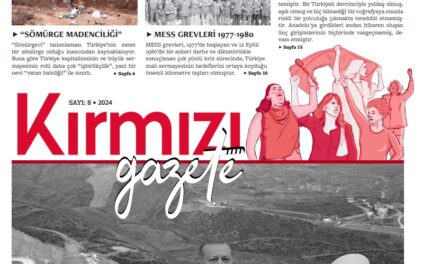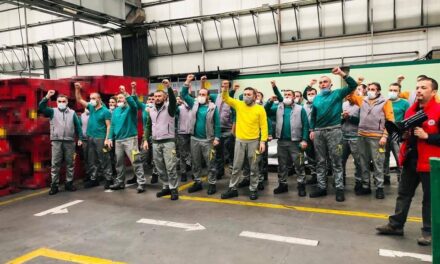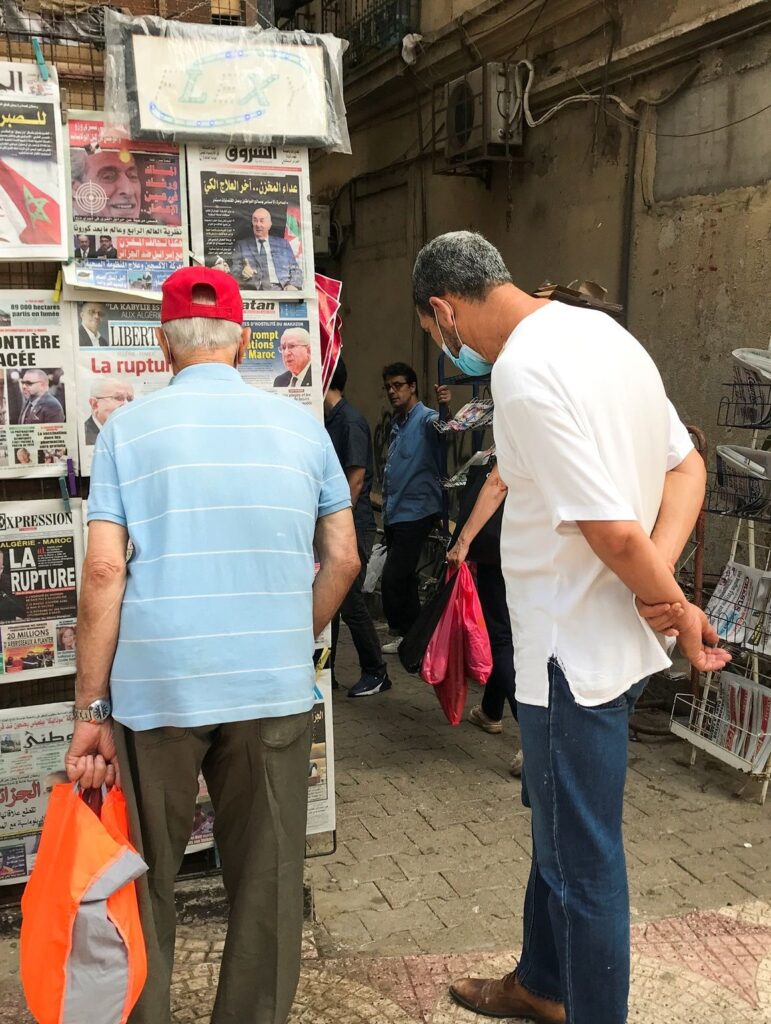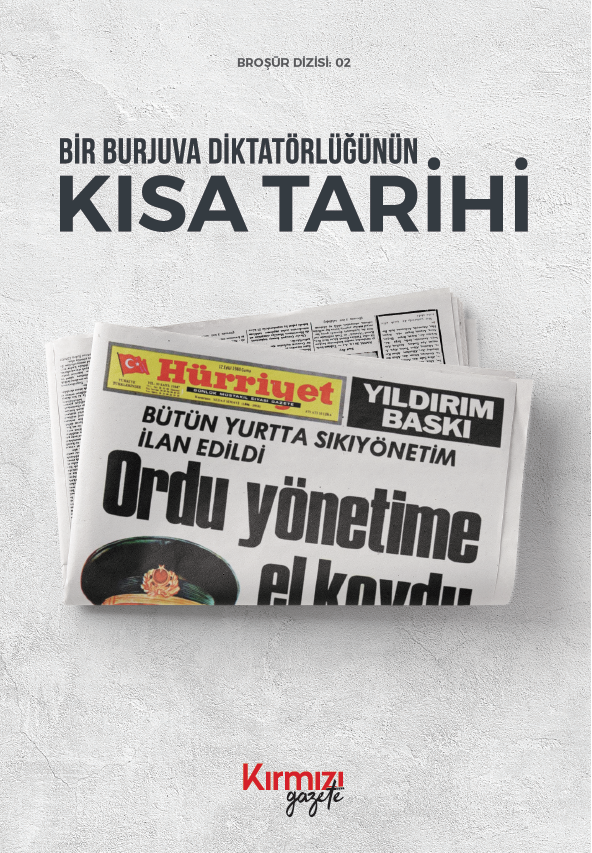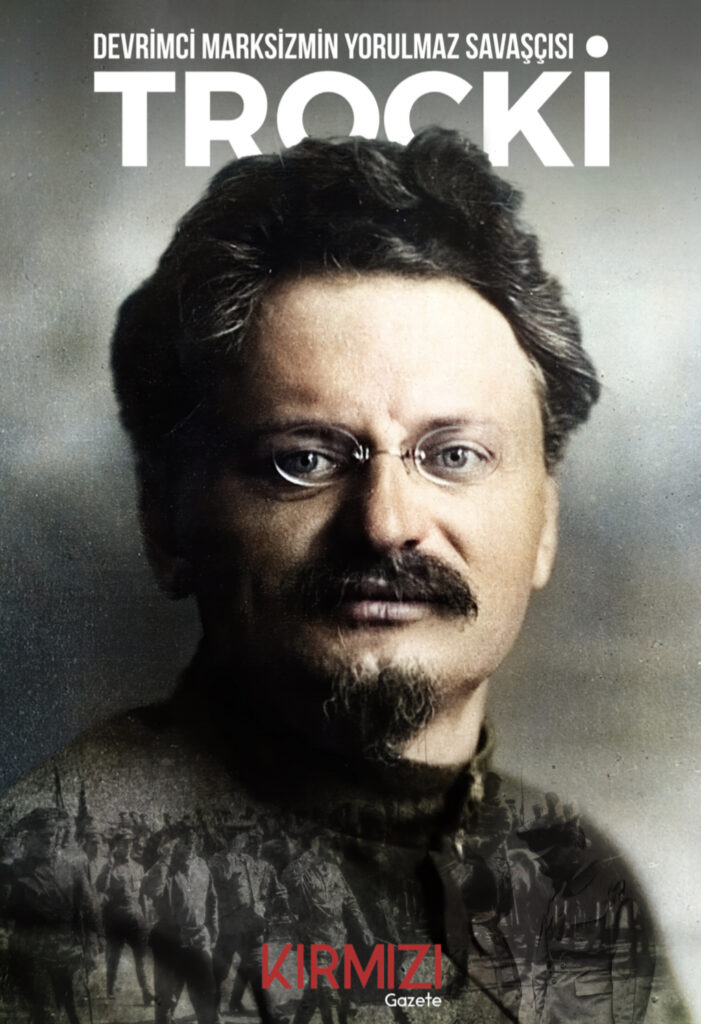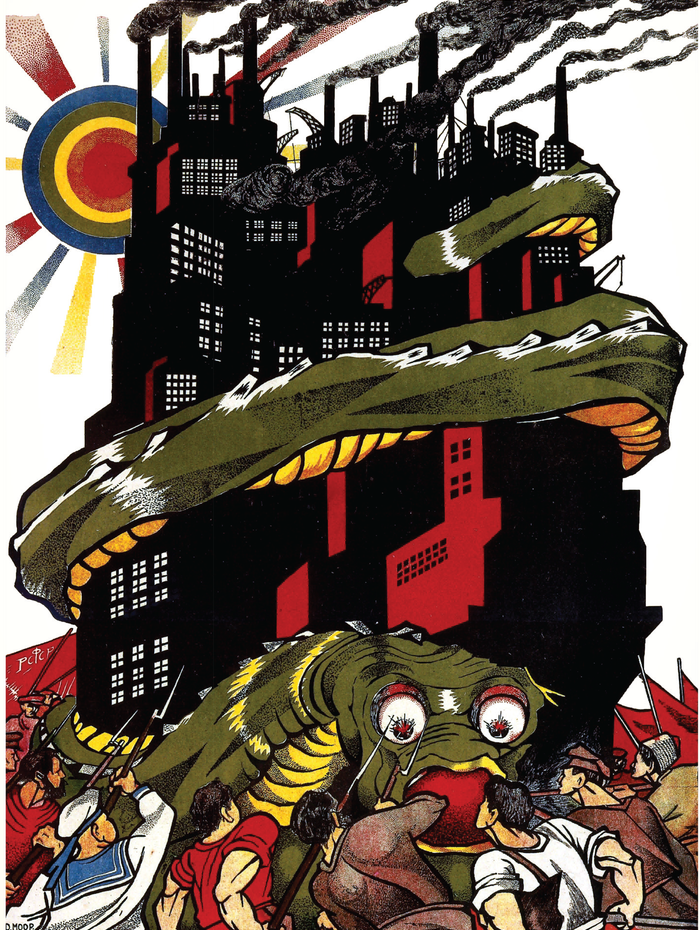The current conflict in Karabakh between Armenia and Azerbaijan is dealt with by many as an “ever-conflicting Caucasians’ stuff”.
Nothing is more distant from reality. There is no way to address the reality of any conflict in the Caucasus out of historical framework of centuries-old oppression by neighboring powerhouses.
Armenia is one of the oldest civilizations across the world. Due to its hilly geography it has Always been a small nation surrounded by great powers: The Ottoman Empire (Turkey), Iran and the Russian Empire. Its historical territory is nowadays partially occupied by Turkey, Azerbaijan, Russia and Iran. This triple national oppression was one of the reasons for the Armenian diaspora. Today 2/3 of all Armenians live outside Armenia. Another reason is the commercial heritage of the Armenian people that led to scattering themselves over many regions and countries, likewise the Jewish.
At the same time, along centuries, the same territory was populated by Azeri tribes coming from old Persia. Armenians and Azeris shared many villages, some with Armenian majority, others with Azeri majority.
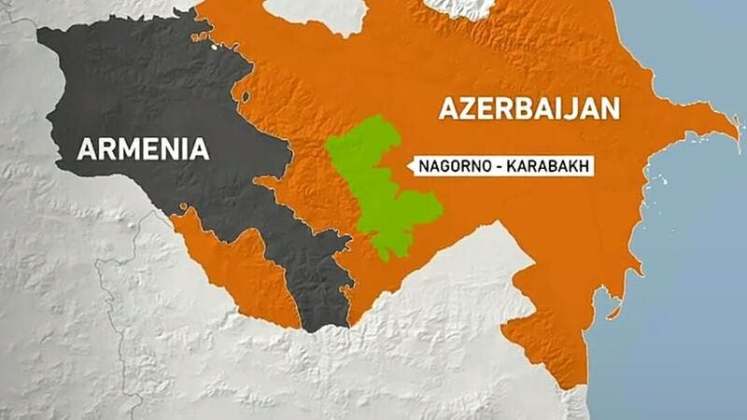
The armed tensions in the south of the Caucasus (Transcaucasia), which has been going on since 1988, flared up again on September 27th. Clashes broke out in Nagorno-Karabakh-Artsakh territory on the morning of September 27, after Armenia and Azerbaijan accused each other of a sudden attack.
The Nagorno-Karabakh War, which started in 1988, continued intensely until 1994, and with the ceasefire agreement signed in 1994, it was replaced by periodic low-intensity military conflicts over the years. Especially since 2008, clashes took place in the ceasefire line every two years, and after the parties accused each other and the announced losses, silence would prevail again.
A similar process took place in July 2020, and these conflicts resulted in the death of many high-ranking officers from the Azerbaijani army. What happened these days has caused an intense state of war incomparable to the previous conflicts triggered by this event.
Although both countries have announced that they have caused high losses on each other in the conflicts so far, the actual figures are uncertain and estimated to be much lower than those announced. 19 Azeri and 13 Armenian civilians died in the conflict, 55 Azerbaijanis and more than 60 Armenian civilians were injured. Martial law and mobilization were declared in both countries.
It is necessary to look back 100 years in order to understand all these experiences.
THE HISTORY OF NAGORNO-KARABAKH
Nagorno-Karabakh or as the Armenian people gave it, Artsakh has been located on the eastern border of “Great Armenia” starting from the east of the Anatolian lands in the west since antiquity. Turkey-Armenia border Aras River, located in the eastern and western Armenian geography would divide into two. In this geography, the Armenian people lived with many other peoples for ages and spread over a wide geography. The nation-building process that started in the 1850s first led to the independence revolts of the Armenian people against the Ottoman administration. After these unsuccessful revolts, with the Russians descending from the Caucasus to the south, the territories of Armenia were divided into the Ottoman Empire in the West and the Russian Tsarist administration in the East.
The turning point in Armenian history is the 1915 Armenian Genocide, perpetrated by the Ottoman-Turkish Empire when up to 1.5 million Armenians died out of a nation that has today 3 million people. Up to now Turkey refuses to recognize the Armenian genocide. The genocide completely erased the Armenian presence in Anatolia, causing Western Armenia to be completely erased from history, along with its people.
Nagorno-Karabach became independent in 1918, then it was occupied by Ottoman troops which were replaced by the British after the Ottoman defeat.
The Turkish-Ottoman empire defeat in the WW1 together with the October Revolution in Russia opened the possibility for Armenia and all the Caucus to get rid of centuries-old oppression by both empires. In this moment the Transcaucasian Federation was formed, uniting Armenia, Azerbaijan and Georgia. This first attempt of forming a Federation lasted few months. The British and American interference to form a reactionary protectorate anti-Bolshevik in the area (President Wilson’s Armenia) after the Turkish-Ottoman Empire defeat together with the policy of “Armenian Revolutionary Federation” (reformists of the Menshevik type that stood for the “Great Armenia” collaborating with imperialist powers), both opposed to the federation, resulted in the 1920 Turkish-Armenian war which finished with the bourgeois Transcaucasian Federation. In those days Azerbaijan and Armenia also fought to control Karabakh.
The Russian state mechanism that broke up after the 1917 October Revolution brought the Bolshevik governments to the agenda in the Caucasus as well. But the local Bolshevik government that emerged in Baku in 1918, the “Baku Commune” overwhelmed and choked at just beginning its journey with its Armenian, Azerbaijani, Georgian, Greek and Jewish leaders. Later, along with Georgia, which was established in the North in 1918, “Armenia” established in the regions where the Armenian population is concentrated in the territories of Eastern Armenia and the “Azerbaijan” established in the regions where the “Azeri” population is concentrated on the Caspian coast by the support of Mensheviks and also British Imperialism. Karabakh, on the other hand, started to be a region of uncertainty and controversy between the two states. On the one hand, Nagorno-Karabakh (HIghland Karabakh) had a majority autochthonous Armenian population since the Archaic Armenian history, and on the other hand, Lowland Karabakh was home to a significant Azeri population that had settled in the region for millennia.
In fact, this situation spread throughout the South Caucasus. In each of Armenia, Azerbaijan and Georgia, communities concentrated in certain regions but separated from each other, without territorial continuity, and candidates to belong to other states exists.
The Bolsheviks’ entrance into Azerbaijan interrupted the Armenian massacre and gave Nagorno-Karabakh back to Armenia. Afterwards they entered the territory under Armnian control e started to form the 1922 Transcaucasian Socialist Soviet Federation, including Armenia, Azerbaijan and Georgia. Under Soviet pressure, Armenia managed to get back some of its lost territories from Turkey.
The Transcaucasian Socialist Soviet Federation offered a socialist solution in accordance with the right for self-determination of all oppressed nations, the rights of the minorities inside each nation and its economic unity to fight back the pressure from the powers that surrounded them. The workers’ alliance between these nations and the Soviet Union paved the way for full blossoming of each culture and for overcoming national antagonisms.
The formation of the Transcaucasian Socialist Soviet Federation and the debate over its status inside the coming Soviet Union was the first major polemic between Stalin, then People’s Commissar for Nationalities, and the would-become Left Opposition (in fact it was its historical origin). Lenin. Already ill and partially far from party leadership fiercely fought back Stalin stand for “autonomy” that practically denied the right for self-determination for the republics which were members of the USSR. Lenin stands for the right of each of those nations to secede from USSR, forming a bloc with Trotsky which won and included this paragraph in the first USSR constitution, defeating Stalin. But Stalin would not accept it, turning this paragraph into dead words through its control of the apparatus after the bureaucratization of the party. The three Caucasian republics, united in a federation stood for the right for self-determination, including secession, what makes Stalin furious as he stood for a bureaucratic Soviet State centralism and Moscow control over the region. That is why Stalin backlash against any dissent started in the Caucus. Lenin’s death paved the way for Stalin policies. The debate over Karabakh status lasted from 1921 to 1923. Karabakh was under Azeri control since 1921 due to the war against Turkey and the British control over Armenia, with Armenian Bolsheviks endorsement as a provisional situation up to the debate over its final status. In 1921 the Caucasian caucus of the Bolshevik Party Central Committee (made of Armenians, Azeris and Georgians) proposed that Nagorno-Karabakh should be transfer to Armenian control. But they lost the voting. In 1923, Stalin policy of keeping Nagorno-Karabakh under Azeri control prevailed. Later, in 1936, Stalin dissolved the Transcaucasian Federation, forming three soviet republics under full control of the USSR central government. It is a Stalinist full counter-revolutionary policy which paved the way for the 1980s conflicts between Armenia and Azerbaijan.
During the Soviet Union period, the Armenian people living under the Karabakh Autonomous Administration were worried about being subordinate to the Azerbaijani administration. The population ratio, which was 90% Armenian and 10% Azerbaijani until the 1970s in the census starting in 1926, reached 80% Armenian and 20% Azerbaijani population in the period 1979-1989.
Russian control remained up to the 1980s when the weaking of the CPSU-led stalinist regime led to the rebirth of national indepedence movements of the Caucasus’ peoples. Nagorno-Karabakh is targeted by Azeri-led pogroms in the framework of forced Azerification of the area which led to fierce conflicts. Gobachev soviet government gave full powers over Nagorno-Karabakh to Azerbaijan , eliminating its relative autonomy what led Armenia to massively join the general anti-stalinist struggle, challenging the central government. This struggle is crushed by Gorbachev (who was already carrying out the capitalist restoration of the USSR). In 1991, after the dissolution of the USSR, Armenia became the first republic in the Caucus to declare and achieve independence. A massive referendum was held in Nagorno-Karabakh when the overwhelming majority voted for uniting with Armenia which was following by a war between Armenia and Azerbaijan with a Russian mediated cease-fire in 1994. Nagorno-Karabakh achieved de facto Independence and conquered part of Lowland-Karabakh territory (between Nagorno-Karabakh and Armenia) reaching a continuous border with Armenia. Despite of the fact it was not recognized as independent nor as part of Armenia, status quo was favorable to Armenia through a de facto unification even if not de jure. The question about the forced annexation of Lowland-Karabakh’s Azeri population emerged, which included elements of ethnic cleansing. The bargaining on trading Lowland-Karabakh return to Azerbaijan for the formal recognition of Nagorno-Karabakh as part of Armenia started but it was interrupted.
The current conflict is related to the fact that the status quo since 1994 (Nagorno-Karabakh de facto independent) is in contradiction with the current relation of forces as Azerbaijan now is much richer and militarily stronger than Armenia, and willing to take all the area, backed by Turkey.
POLITICAL PURIFICATION IN SOUTH CAUCASIA
Nagorno Karabakh-Artsakh:
Although Artsakh has been a de facto independent state since 1991, it has no international recognition. It is a de facto independent form of state that is economically, militarily and socially dependent on the great state and lacks diplomatic ties. While the people of Artsakh are living under the constant threat of war, they are trying to survive the crisis caused by economic isolation. Artsakh is a much poorer and less developed region than the rest of Armenia today.
Azerbaijan:
After a political turmoil with the defeat of Azerbaijan in the war, the deputy chairman of the Council of Ministers of the USSR and the strongest man of the Azerbaijan USR, Heydar Aliyev of KGB origin came to power. Aliyev’s rule quickly became dictatorship and turned into one of the police states seen in the post-USSR region. Heydar Aliyev, while maintaining close relations with Russia on the one hand, started to establish a dialogue with the west over the energy resources he had on the other. During this period, Heydar Aliyev, the Azerbaijani blockade of Armenia with Turkey will enter into a cooperation and develop policies that would isolate. His son, Ilham Aliyev, who took over the power after his death in 2003, also continued these policies.
Today, Azerbaijan is a country where a corrupt state apparatus is concealed by provoking nationalist politics and ethnic hatred. One of the most concrete examples of systematic racism built against Armenians is the Ramil Seferov incident in 2004. In 2004, an Azerbaijani officer named Ramil Seferov was sentenced to life imprisonment in Hungary for killing an Armenian officer with an ax in his sleep during a Nato exercise in Hungary, which was also attended by Armenian Army officers. On the day he was extradited to Azerbaijan, demanding that he continue to serve his sentence in his country after being in prison for 8 years, Ilham Aliyev was pardoned by his sentence and his rank was promoted to colonel and awarded.
Armenia:
Armenia is jammed between NATO member Turkey and oil-rich Azerbaijan. That is why the Armenian bourgeoisie stands on Russian protection and economic resources. For this reason, it needs Russia’s protection and the economic support of Russia due to the economic isolation imposed. Differently from Azerbaijan, Armenians after the 2018 uprising toppled the regime and are living under a bourgeois-democratic regime due to people’s struggles. Despite frequent setbacks, Armenia has been able to build and operate a limited flawed democracy for years. Nevertheless, the main line that determines the politics of Armenia is between the political wing that tends to cooperate with Russia and the political wing that aims to balance Russia with it by developing relations with the West. At this point, maintaining warm relations with Russia is seen by the Armenian bourgeosie as the only guarantee against the Azerbaijani threat.
Russia:
Russia stands for the status quo achieved with the 2014 war which enforced its economic and military control over southern Caucasus, which it sees as its backyard. Russia uses the regional tensions to keep both Armenia and Azerbaijan under its control and as a trading-coin with Turkey while affirming itself as a peace “supporter”. Russia is a state that sells weapons to both states, that is for three States as it sells to Turkey as well. Both economies depend on Russia which has a “peacekeeping force” with military bases in both countries.
Indeed, this has been happening since September 27, 2020. Azerbaijan wanted to turn this uncertainty into an opportunity in a period when international politics was in uncertainty (coronavirus-induced economic-social crisis in Europe and elections in the USA), on the other hand, it wanted to dissolve the social crisis conditions accumulated in the country with a new nationalist wave.
In this direction, the Azerbaijani army, on the one hand, bought large amounts of weapons from Israel. On the other hand brought over 300 Syrian militia from Syria via Turkey. Material and personnel support from Turkey is added to strength of Azerbaijan. With these conditions, on September 27, it took action after the alleged attack of Armenia. Although it is said that several villages were under the control of Azerbaijan during the clashes with the Armenian army, there was no big change. According to the information obtained from Syrian sources, the Syrian militias who participated in the war suffered serious losses. There was no change in the lockdown on the Karabakh border line.
Turkey:
Turkey is trying to play the role of “big brother” since 1991 with its relations with Azerbaijan . The policy of military and economic cooperation in energy and trade routes in the region between Azerbaijan and Turkey with the participation of Georgia today, that aims the isolation of Armenia. With the other hand, especially his regime in crisis in Turkey, Erdogan regime struggling to open a political lines began tracking using all kinds of international crisis as a domestic policy moves. Despite the military operations taking place in winter at Libya, Turkey’s effort, it stagnated. The Mediterranean crisis is also stagnated aftermath of the European bloc give its support to the Greece. After that Erdogan regime gave weight to the Armenian and Azerbaijani conflict as a new nationalist policy and crisis sources.
The drones produced by Erdogan’s son-in-law seen by this time by Azerbaijani forces in Nagorno-Karabakh against the Armenian army and also in Libya were used . However, unlike the rest of regions countires and past decades of Turkish diplomatics, the country declared full support to Azerbaijan against Armenia instead of calming announcement. Thus, by postponing the problems he faced in domestic politics, he gathered the opposition parties together with this attitude.
POSSIBILITIES AND CONSEQUENCES
Status quo maintained by a period of silence again habitable, but the fact that Turkey has submitted an open support unlike previous years, the Syrian militias came to the region and the international situation is still not recovered bring about new conflicts.
Azerbaijan continues to besiege and isolate Armenia with its natural resources, trade routes and alliances. Despite this, the inability to take over Nagorno-Karabakh-Artsakh and its surroundings makes the target of the social anger it feeds.
The Caucasus has gone through a process similar to that in Yugoslavia since the collapse of the Soviet Union. The constant threat of war with massacres, mass population changes and migration. The newly established states could not solve even the most basic problems such as health, housing and education, causing a serious decrease in quality and duration of life. Although the Azerbaijani oil industry survived as a result of the ties it established with international capital, agricultural and industrial production collapsed in the region, the working class was dispersed to neighboring countries and to Europe.
The Armenian, Azeri and Georgian bourgeoisies are uncapable of any policy to develop the Caucasus and guarantee the national independence for all its republics and peoples. On the opposite, they sell out their countries benefitting from its colonization through the hands of neighboring powers and play the cannon fodder for the interests of these powers. In order to distract its peoples, they incite the chauvinist differences among Caucasus’ nationalities, all of them oppressed by the powers. Today the Azeri government channels the fair indignation of his people against the living conditions, poverty and backwardness, on the Armenian people who is not responsible for it, on the contrary, Armenians live in even worse conditions.
The only solution for the conflict is a workers’ solution around a Caucasus’ Socialist Republics Federation, as the Bolsheviks worked for.
Today, after decades of national hate bred since the Ottoman and Russian empires, Stalin’s USSR, today’s Turkey and Russia and local bourgeoisies, the perspective of a Socialist and Democratic Federation of the Caucasus’ Peoples that meet the right for self-determination of each and every nationality and the rights of the minorities inside each and every one, may sound utopic but it is the only realistic solution for the question.
The Azeri people must understand that the Armenian people is not its enemy, that Erdogan is not its ally, and that the Armenians have the right over Nagorno-Karabakh. The Armenian people must understand that Putin does not stand for Armenian national rights but for the colonization and subjection of Armenia, and that the policies of the Armenian bourgeoisie for building a “Great Armenia” on Lowland-Karabakh territory (which are historically inhabited by the Azeris) goes against their fair struggle for Nagorno-Karabakh. The Turkish people must understand Erdogan criminal role in this conflict, which has nothing to do with the defense of the Azeri people but has to do with a rapacious policy over the Caucasus. Finally, the Russian people must understand that Putin, the hangman of the Syrian and Ukrainian peoples, has no commitment to freedom, democracy nor self-determination of the peoples. On the contrary, Putin stands as the main enemy of these demands in the area.
- Stop the Azeri military intervention against Nagorno-Karabakh immediately!
- Erdogan out of the Caucasus!
- For the right of Nagorno-Karabakh to join Armenia!
- Ensure national minority rights for Azeris on Armenian territory and for Armenians on Azeri territory. The recognition of Armenian sovereignty over Nagorno-Karabakh by Azerbaijan must be followed by the Lowland-Karabakh returning to Azerbaijan!
- No confidence in Putin whose aim is Russian economic and military control on the Caucasus!
- Weapons for Nagorno-Karabakh to defend themselves from Azeri-Turkish strikes!
- For a Socialist and Democratic Federation of the Caucasus’ Peoples that ensure the right for self-determination of all its peoples and the rights for all national minorities!
